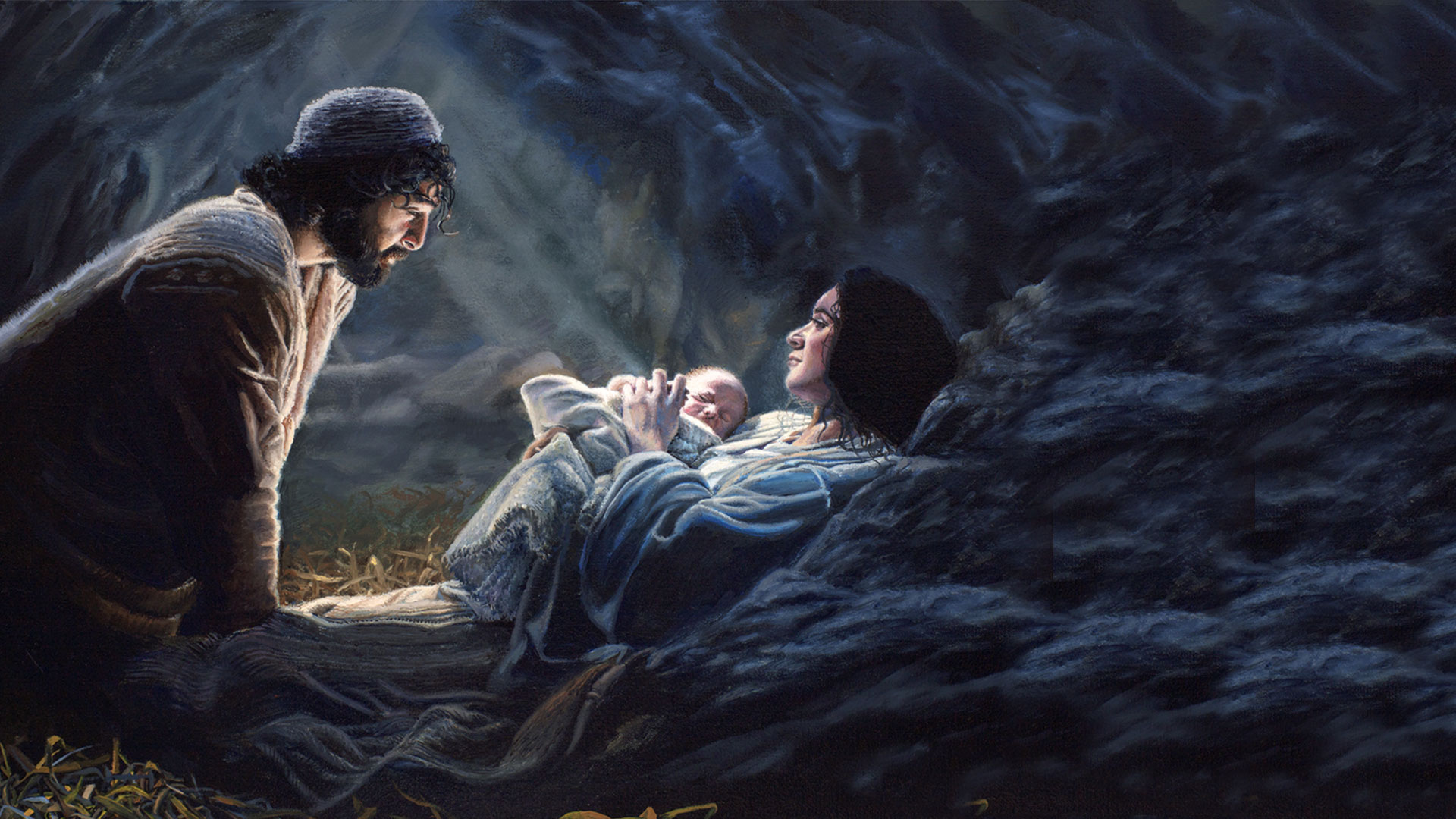Gabriel: Witness of Christ’s Birth?
Properly, our first New Testament witness of the birth of Jesus Christ is a messenger from the presence of God. Appropriately, he makes his initial appearance in the temple to a faithful priest of the Aaronic order, one who is performing the ritual function in behalf of his nation of burning incense on the altar within the holy place.
In the performance of this duty, Zacharias represented the combined faith of Israel. His prayer was their prayer, and that prayer was for an everlasting deliverance from all their enemies at the hands of their promised Messiah. The ascending flames of incense symbolized the ascension of that united prayer. As Zacharias prayed within the holy place, so his fellow priests and all within the walls of the temple united their amens to his appeal.
In response to Israel’s prayer, an “angel of the Lord” appeared before Zacharias. He stood “on the right side of the altar of incense” and identified himself as Gabriel, one who stood “in the presence of God” (Luke 1:11, 19).
The keys held by Gabriel make of him an Elias to prepare the way before the Lord. The name Gabriel means “man of God,” though it has been interpreted as “God is my champion” or “God has shown himself valiant” ( The Interpreter’s BIble, New York, Abingdon Press, 1967, 6:487).
Gabriel is mentioned twice in the Old Testament; both instances are appearances to Daniel. The first was to interpret Daniel’s vision of the ram and the he-goat, and the second was while Daniel prayed, confessing his sins and those of his people.
In the second instance, Gabriel revealed that after seventy weeks (a symbol for an unknown period of time), Israel and Jerusalem would be restored and an atonement made for their sins. Gabriel promised that an everlasting righteousness would be accomplished in their behalf (Daniel 8-9).
Six months after his visit to Zacharias, Gabriel also visited Mary to announce to the beautiful virgin girl of Nazareth that she was to become the mother of God’s Son (Luke 1:26, 32). Thus the pattern of Gabriel’s visits appears to be that of “fellow-servant” of the Saints, bearing messages of comfort and glad tidings.
In both Jewish and Christian traditions, Gabriel is spoken of as archangel. The Ascension of Isaiah announces “Gabriel, the angel of God, and Michael, chief of holy angels,” as the two angels who were to open the sepulcher of Christ. Jewish theology accords Gabriel a place second only to that of Michael.
As to Luke’s account of Gabriel’s appearance and prophecy to Zacharias, we are compelled to say the story is perfect. How more properly could the birth of the Son of God be announced than by a heavenly Elias, one from the presence of God Himself? One who comes first to consecrate the birth of the earthly Elias who will announce the Messiah to the chosen nation.
To whom ought our heavenly emissary appear? Why, to a priest, of course, for the sacerdotal office itself was a prophecy that the Son of God would yet come. what of the place? Jerusalem must be our answer: the holy city from which which the word was to go forth.
At what time of day should this heaven-sent announcement come? At the solemn hour of public prayer, that time designated for those of faith to plead with the heavens that their Messiah be sent. And finally, what confirming sign? The striking of Zacharias dumb. What better symbol of the day when every tongue of disbelief shall be silenced?




